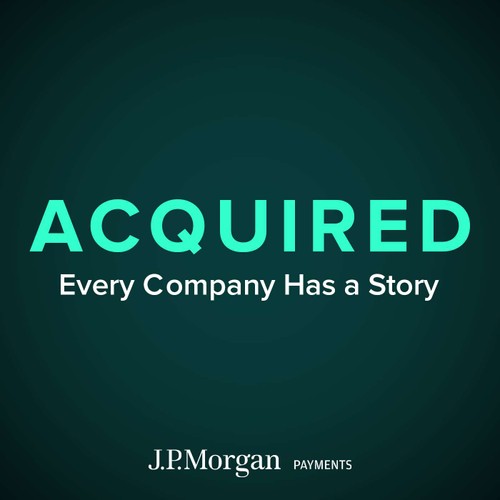
 Acquired
Acquired Microsoft Volume II
2579 snips
Jul 22, 2024 Explore Microsoft's remarkable journey from the pinnacle of success in the 90s to navigating legal battles in the early 2000s. Discover the fierce browser wars against Netscape and the complex antitrust lawsuits that reshaped its image. Uncover how Satya Nadella revitalized Microsoft’s culture, pushing for innovation and cloud solutions like Azure. Delve into the company’s ambitious forays into mobile and gaming, alongside pivotal investments like Facebook, all while grappling with the challenges of evolving technology and consumer expectations.
AI Snips
Chapters
Books
Transcript
Episode notes
Windows 95's Legacy
- The significance of Windows 95 lies in its role as the primary platform for internet adoption.
- Its internet capabilities overshadowed its other features.
Online Services and Microsoft's Entry
- In the early 90s, accessing online services meant using walled gardens like CompuServe, owned by H&R Block.
- Microsoft attempted to enter this arena with MSN, initially envisioned as a proprietary online service.
Information Superhighway
- The "information superhighway" concept envisioned interactive television mediated by cable providers.
- This seemed logical due to television's existing infrastructure and reach.












